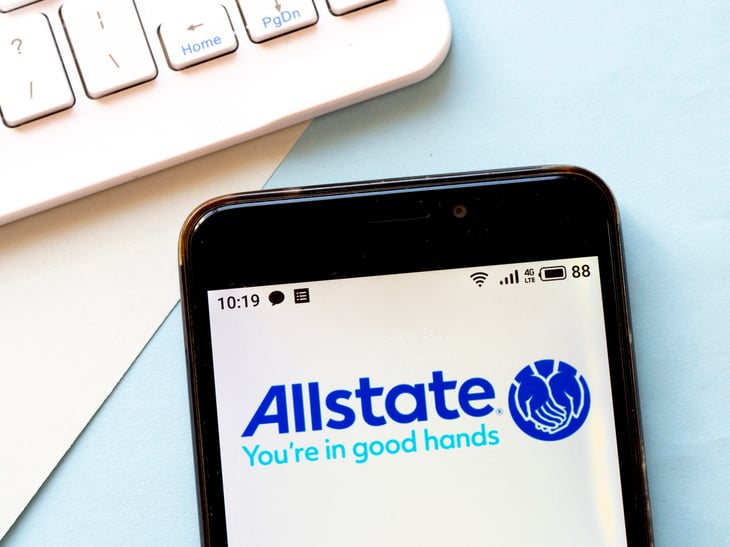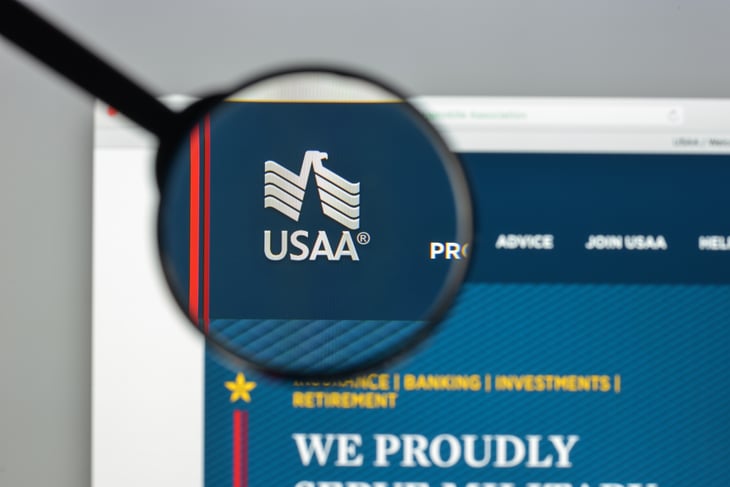
Editor's Note: This story originally appeared on Living on the Cheap.
Depending on your driving habits, you can cut the price of your car insurance in half.
Sound too good to be true? It’s not — as more insurers offer pay-per-mile car insurance, more people are dropping their traditional car insurance for this potentially cost-saving option.
Here’s a look at how pay-per-mile insurance works, when it makes sense, and how it could save you money every month compared with your old insurance policy.
Pay-per-mile versus traditional auto insurance

With traditional car insurance, you pay a fixed monthly amount to insure your car, whether sitting at home or driving to and from work.
Pay-per-mile insurers assume you likely won’t get into a car accident if your vehicle isn’t moving, so you shouldn’t have to pay as much when you aren’t driving.
With pay-per-mile, you unbundle the cost of insuring your car while you aren’t driving and insuring it while you are, meaning that people who drive less will save a lot.
On the other hand, folks who put a lot of miles on their cars might do better with traditional insurance.
Ultimately, your driving habits are the main factor in which type of insurance is the most cost-effective for your unique needs.
When pay-per-mile car insurance makes sense

With traditional insurance, you always know exactly what you’ll pay for monthly coverage, but you won’t save anything if you drive a lot less.
With many jobs becoming fully remote after the COVID-19 pandemic, many folks have reduced commuting, making traditional insurance less desirable.
However, even people who drive to the office five days per week could save with pay-per-mile depending on their driving habits outside a commute.
With pay-per-mile, you pay a few cents for every mile you drive, which could translate to a much lower monthly rate. Driving more means paying more, and vice versa. Drivers who travel fewer than 10,000 miles per year may be able to save money with pay-per-mile.
This kind of insurance isn’t right for everyone, but for many people, particularly those who work from home or have very short commutes, pay-per-mile could save you a small fortune compared to traditional insurance.
College students, seniors, public transit riders, and anyone who drives less than 30 miles daily can save.
Cutting your monthly insurance rate

We’re all big fans of saving money — who isn’t? When saving money on car insurance, you may have heard of the benefits of being married.
And while it’s true that if you’re married, insurance companies may charge you less, you can still find yourself paying what feels like an arm and a leg to stay insured.
According to experts, the average monthly cost of full coverage car insurance in America hovers around $170 per month. This cost may not be significantly lower even if you’re bundling and “saving” with a perfect driving record.
What the savings can look like

If you and your partner drive old, paid-off cars and have a 30-minute commute, you likely don’t rack up many miles. With pay-per-mile car insurance, you pay a flat monthly charge and a per-mile cost.
If you and your partner decide to take a road trip, most pay-per-mile policies limit how many miles you pay for per day — the limit is often 250 miles.
After a month of pay-per-mile car insurance, many people have seen their monthly car insurance costs drop below $100.
Some people we heard from while researching this article said their monthly costs dropped below $60. That’s over $100 of monthly savings, using the monthly average for traditional car insurance.
Your insurance costs will likely increase if you purchase a new car and want to insure both vehicles. However, many people report that even their most expensive months with pay-per-mile insurance are still cheaper than what they paid with traditional insurance.
Insurers offering pay-per-mile

These are some of the most popular insurers offering pay-per-mile policies. Most include a daily rate you will pay in addition to the per-mile rate.
Be sure to look at the terms of any offer before accepting, and keep in mind that pay-per-mile policies may not be available in your state.
Allstate

Milewise Insurance is Allstate’s pay-per-mile insurance option. Available in 21 states, a Milewise policy comes with a daily rate charged in addition to the per-mile rate.
Allstate provides policyholders with a small device that plugs into their vehicle’s diagnostic port and tracks how much they drive.
Nationwide

Like Allstate, a Nationwide SmartMiles policy includes base and variable per-mile rates that’ll combine into your total monthly fee. Nationwide will send you a small device to plug into your vehicle if you don’t drive a connected car.
They also offer a 10% safe driving discount after your first renewal and a daily 250-mile limit for road trips. SmartMiles is available in 45 states.
USAA

This insurer for military families and their loved ones also offers a pay-per-mile option known as Noblr.
Available in 15 states, Noblr has an app that tracks how many miles you drive. This policy includes a fixed base rate and a variable per-mile rate, plus offers discounts for safe driving practices.
Metromile

One of the most popular pay-per-mile insurance options, Metromile claims to save its customers an average of 47% on car insurance. The company’s policies include a monthly base rate and a variable per-mile rate.
Like Nationwide and Allstate’s pay-per-mile options, Metromile sends policyholders a device (called a Pulse) to plug into their vehicle. The policy has a 250-mile limit for road trips and is available in only eight states.
Mile Auto

The only option on this list that doesn’t require a plug-in device or mobile app, Mile Auto’s pay-per-mile policy requires policyholders to submit a picture of their odometer every month.
Don’t try to take the photo early or doctor it — Mile has a verification system to detect fraud. Mile Auto’s pay-per-mile policy is available in 11 states, with plans to expand soon.
Is pay-per-mile right for you?

You may already be living the pay-per-mile lifestyle and not even realize it — driving as little as 25 miles per day can save you big in car insurance. But even if you need to drive more, you could still have significant savings.
Before switching to one of these policies, remember that in addition to tracking your mileage, the app or device your insurer has you place in your car will often track the quality of your driving.
Your monthly variable rate can be influenced by many factors, including how hard you brake or accelerate, the time of day you drive, if you drive on highways or city streets, and whether you text while driving.
If this is too intrusive for you, a traditional policy or a “non-spying” option like Mile Auto’s may be a better fit.
Take a look at how much you drive in a typical month. You could save hundreds of dollars per year by switching to pay-per-mile insurance. Once you’ve done that, all you have to decide is what to do with your newfound savings.





Add a Comment
Our Policy: We welcome relevant and respectful comments in order to foster healthy and informative discussions. All other comments may be removed. Comments with links are automatically held for moderation.